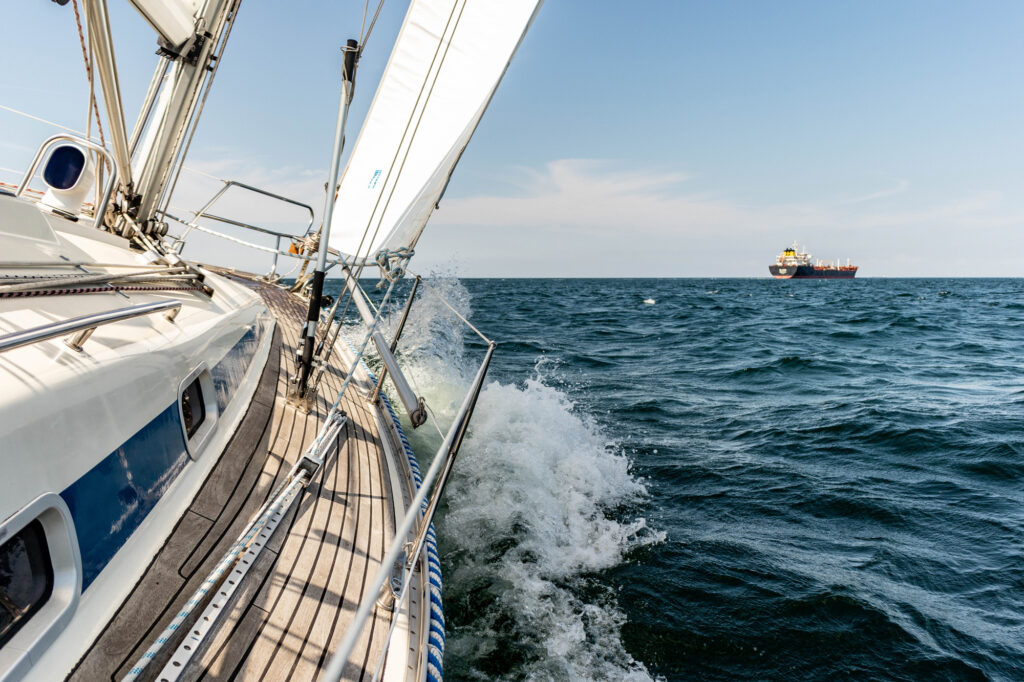
A keen observer of this season’s Puget Sound racing results will notice an interesting shift across several keelboat classes to a different scoring system. Offshore Racing Congress, or ORC for short, has been in Puget Sound for several years in the “big boat” classes. Now we are finally seeing a migration of many race boats to this new system after growing frustration with the status quo.
ORC is not just a tool for the big boats; it has been used by our friends in British Columbia across nearly all classes for nearly a decade. Beyond the Pacific Northwest, it is a fundamental cornerstone of big boat racing throughout Europe and Australia; US Sailing recently adopted and officially administrated the system, which is sure to foster further adoption in the United States. A new announcement earlier this year even puts the ORC World Championship in Newport, Rhode Island, in 2024. This global footprint provides unprecedented data on race results. It has allowed ORC officials to refine the scoring system over the years and create as much of a level playing field as mathematically practical.
ORC is commonly referred to as a data-driven rating system where calculated performance profiles are generated for boats utilizing a highly refined velocity prediction program commonly called a VPP. The ORC scoring system considers several factors influencing a yacht’s performance, such as boat measurements, sail measurements, and the rigging and equipment onboard. These factors are used to calculate each yacht’s time correction factor (TCF). The TCF represents the predicted speed of a yacht relative to a theoretical baseline yacht with a TCF of 1.00. Yachts with higher TCF values are expected to be faster than yachts with lower TCF values. The ORC system comes into its own when rating boats for the conditions, allowing for different corrections through different wind ranges as well as specific ratings for predominantly windward/leeward races, such as the Puget Sound Sailing Championships, or an even spread of sailing angles, such as Round the County. The overarching hope for the fleets moving in this direction is that the system provides a flexible and fair method that allows yachts of different sizes and characteristics to compete with confidence that the sailors’ efforts will win the day.
This move aims to provide a more evenly competitive alternative to the contentious and often debated PHRF handicap system. PHRF also has its roots in the theoretical speed potential of a boat as a starting point but differs in the general concept where handicaps are adjusted based on the historical performance of specific boats over time as determined by a council of handicappers. These adjustments often take the form of an appeal by a competitor or boat owner if they feel that many race results do not reflect their on-the-water performance. Unfortunately, this system leaves a lot of ambiguity and interpretation as to the performance and capabilities of the crew, rather than the speed potential of the boat itself, that is functionally impossible to isolate. Whether real or perceived, it is often presented as unfair political gamesmanship of the system by competitors and takes away from the fundamental enjoyment of competition.
The reason we compete, be it in sailing or any other sport, is to either win or lose against our competitors in a fair and balanced environment. While every system has pros and cons, the global adoption of measurement-based rating systems has pushed the focus back onto the sailors rather than who has the best handicap in the fleet. It will be interesting to see the continued development of ORC in the Northwest racing scene. At the end of the day, the most important thing is that boat owners and their crew have fun and continue to participate in the sport. I am excited to leave feelings and opinions out of scorekeeping, let our actions on the water dictate the results—and then feel good buying our rivals a drink to congratulate them on a job well done.